Overall, I think the whole thing went pretty well. Vieira's presentation gave them plenty to chew on, including things we had discussed in class (Atlantis claims, the nature of science, the Younger Dryas Impact hypothesis, the nature of myths, the cross-cultural comparison of iconography) and things we hadn't (androgynous fish gods, quantum theory, ayahuasa, Linus the cat), and they asked some good questions. I videotaped the whole thing if you're interested. There's only one camera and Vieira is the only one with a microphone, but you can still get a pretty good idea of how it went down.
As I tell my students and anyone else who will listen, the key to being in the scientific loop is having/finding/using some mechanism to evaluate whether your ideas make sense or not. As long as you're doing science, it ultimately doesn't matter where an idea originates: an idea that comes to you in a dream may be right or wrong -- the trick is knowing how to figure out which it is. In most cases, the stories we tell about the human past are linked to things that happened in the material world and therefore are accessible through archaeology. Whatever the real story is, it ultimately has to be consistent with all the material evidence that's available. Misinterpreting evidence, ignoring evidence contrary to your story, and using fake evidence are all tickets to getting the story wrong.
It is my experience that many on the "alternative" side are so invested in the stories that they're selling that they are unwilling to change their stories as new evidence is produced, old interpretations are shown to be incorrect, and some "evidence" is shown to be fraudulent. Generally, those are not people that are wiling to have a conversation about evidence.
Jim Vieira is not one of those people. He and I land in different places on any number of subjects, but we have yet to find a topic that we can't discuss. Outside of class, he and I spent a lot of time talking about a wide range of subjects connected to the ancient past. The conversations were always easy and almost always entertaining, and Jim and I both think that there would be outside interest in listening to that kind of communication between a professional archaeologist and someone coming from the "alternative" side of things. I proposed that we do an occasional YouTube program something along the lines of "The Mystery Hour with Andy and Jim." Hopefully we can make that happen in some form.
And here are some photos from our hike in Congaree National Park: a water moccasin along the trail and Jim using his supernatural fish god powers to levitate an acorn. I will not share with you the esoteric life coaching I received during this three hour adventure. You're welcome.
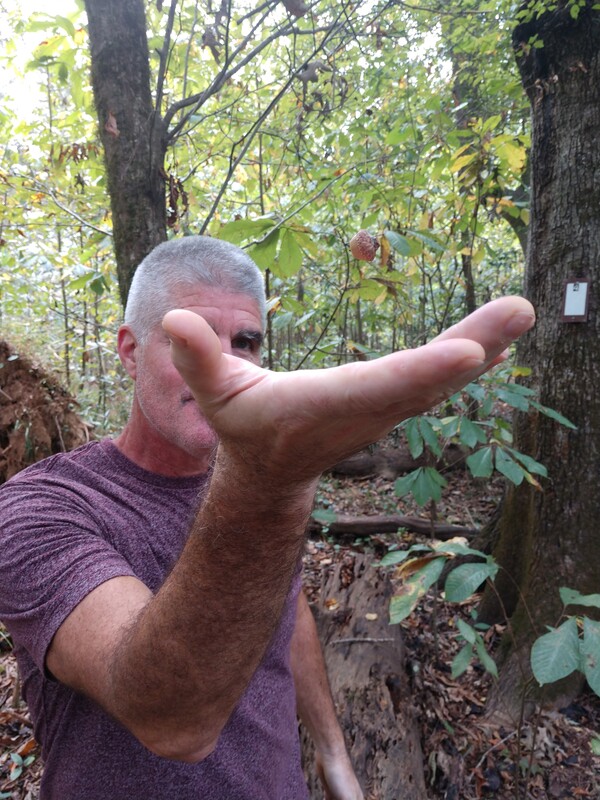
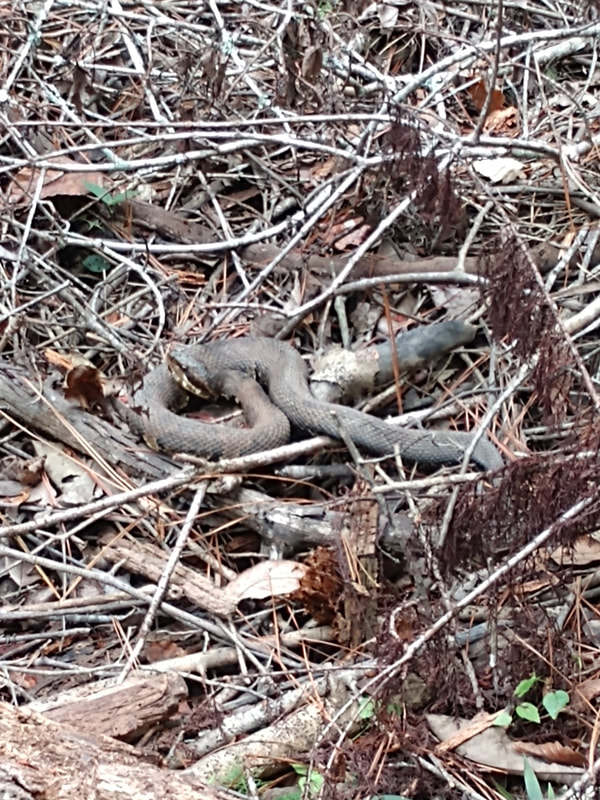
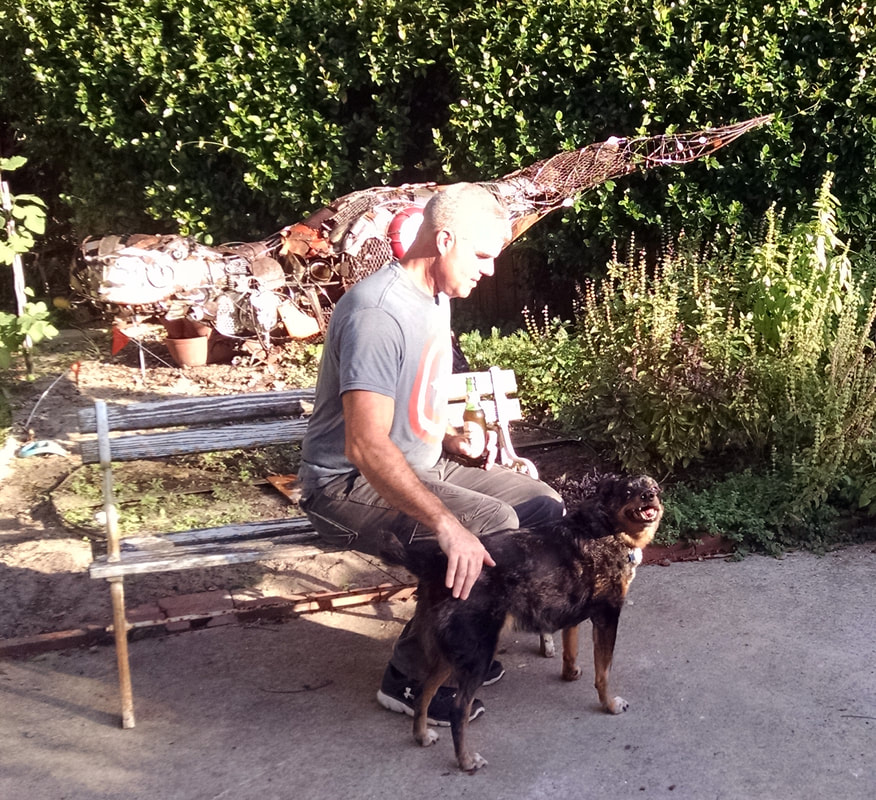
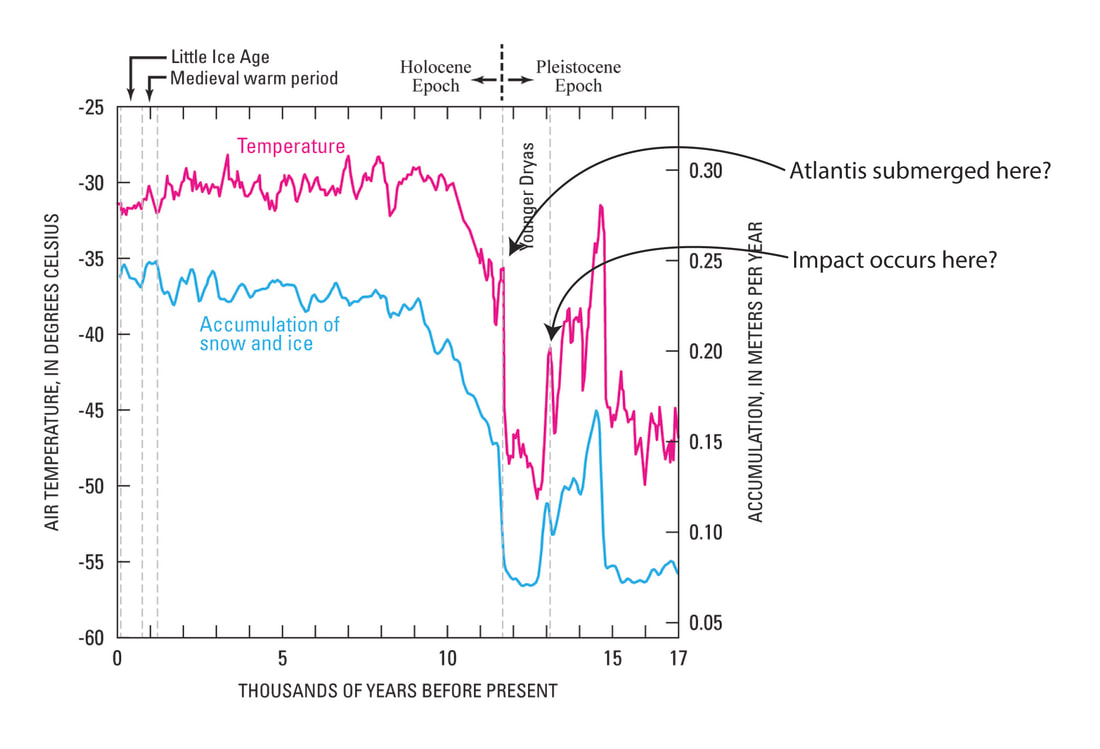
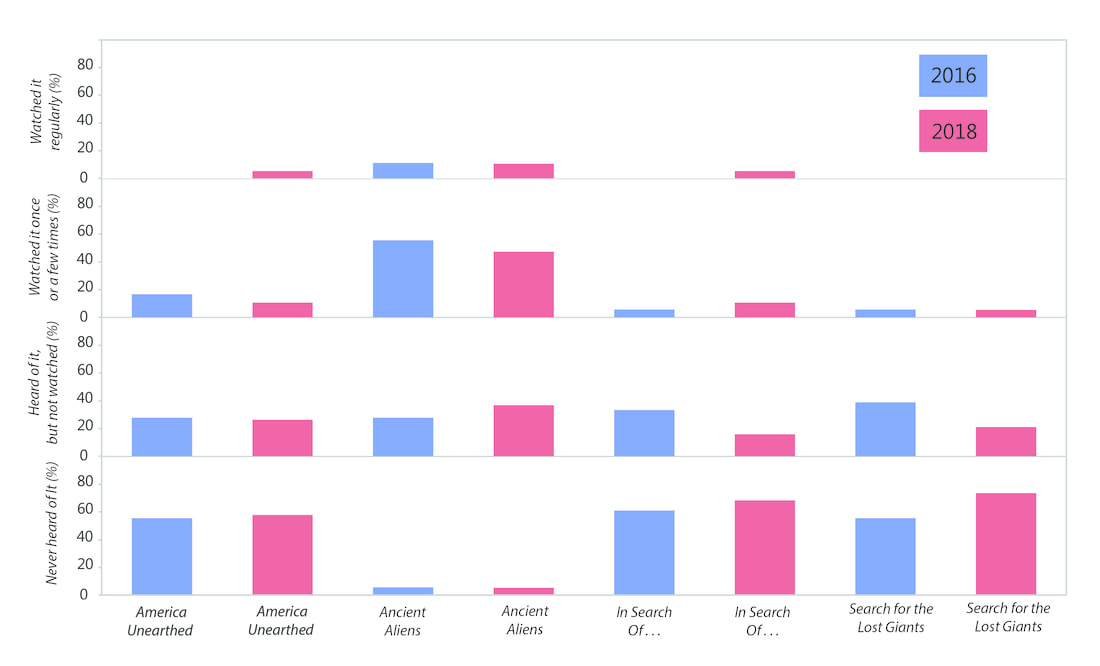
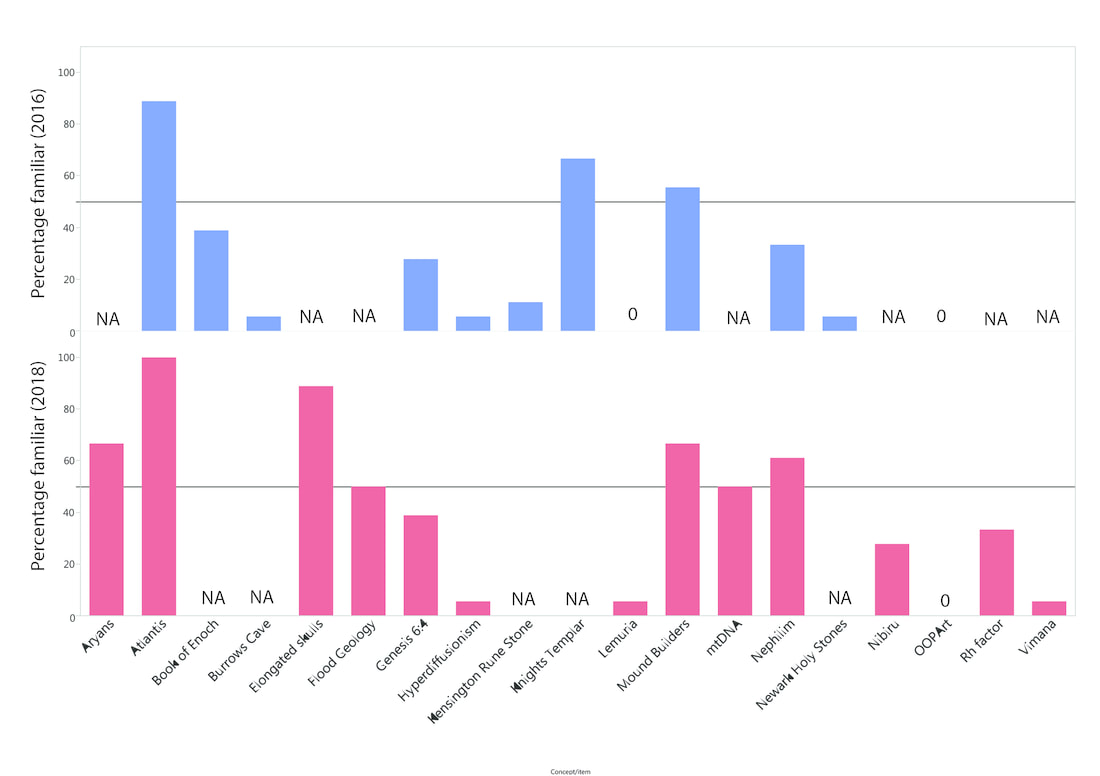
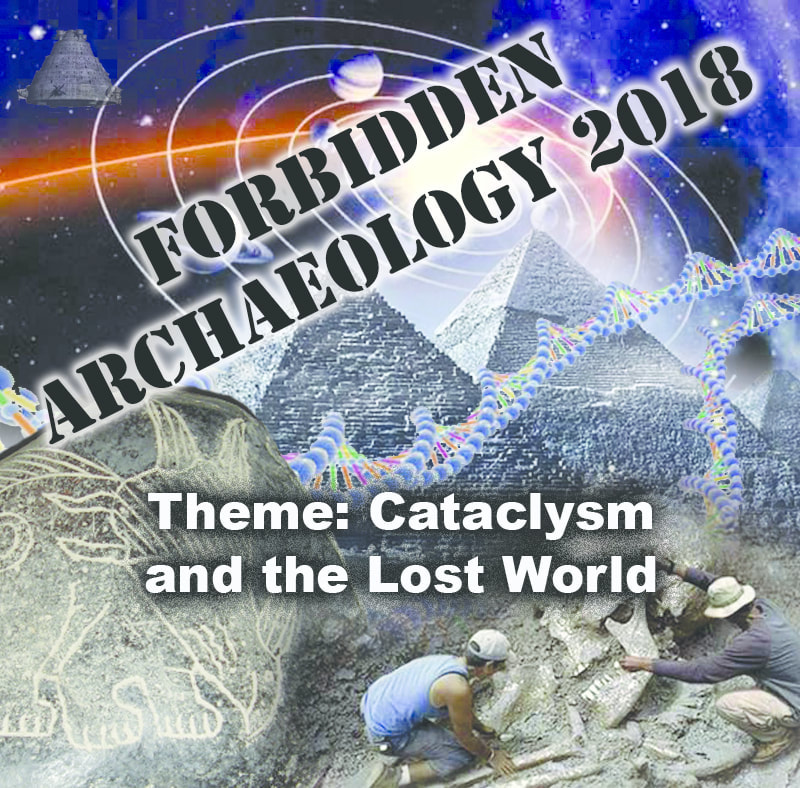
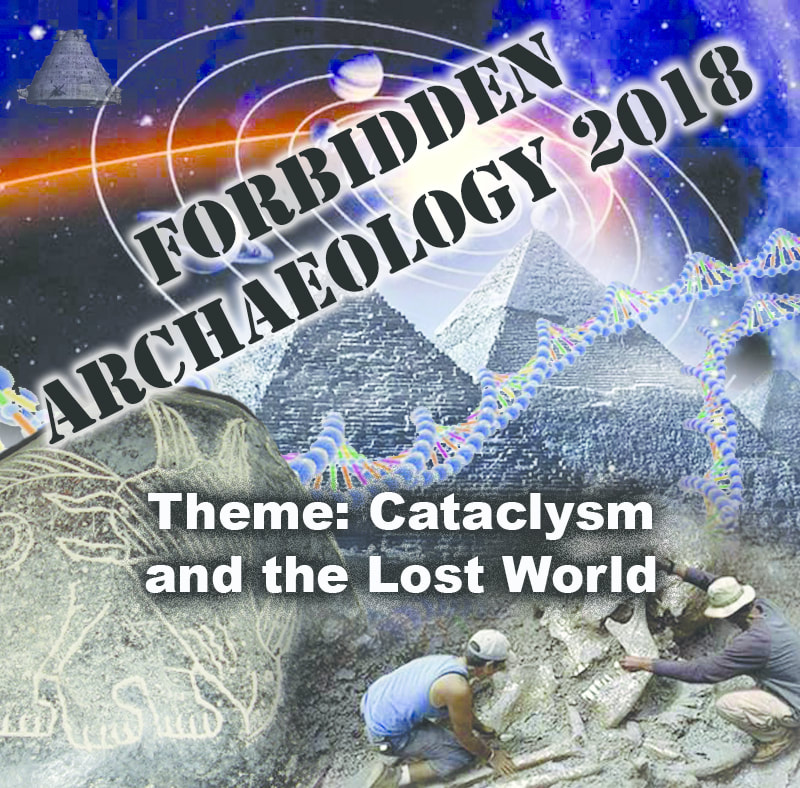


 RSS Feed
RSS Feed
